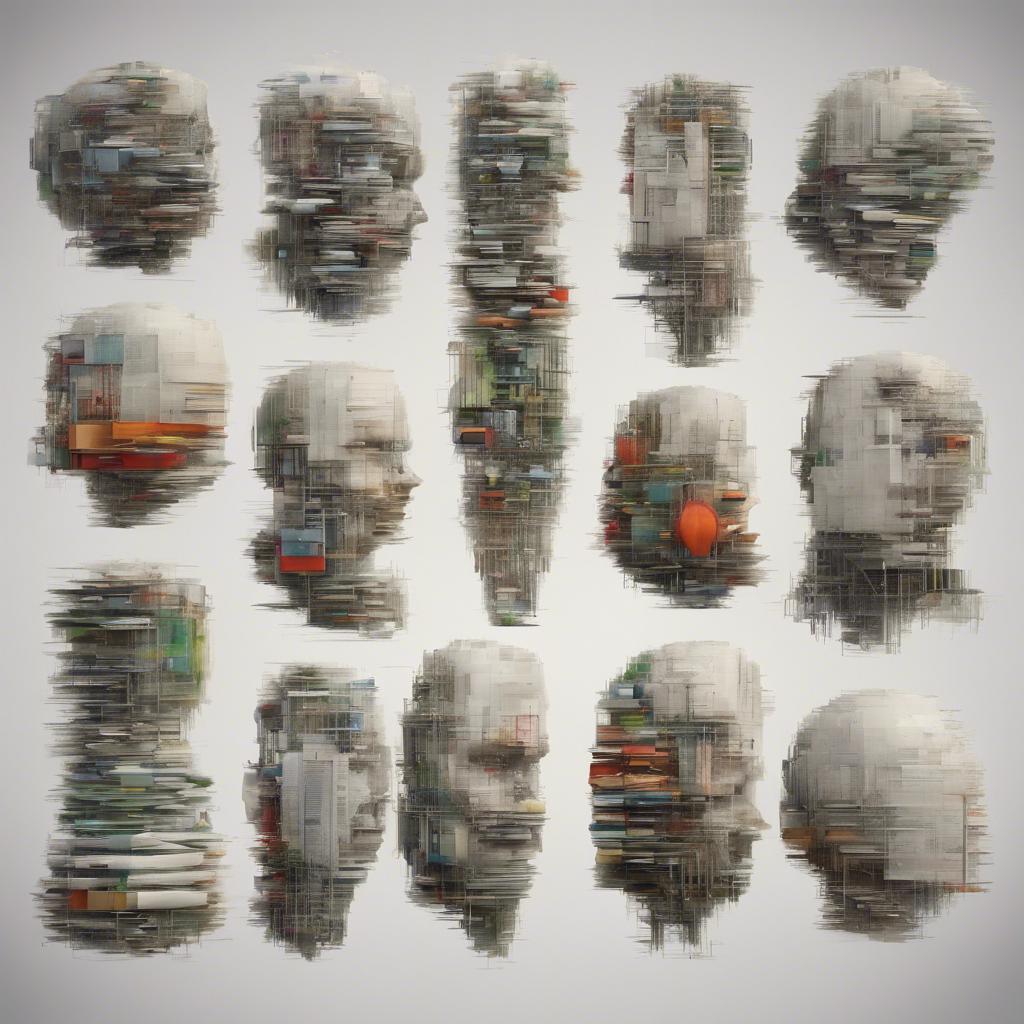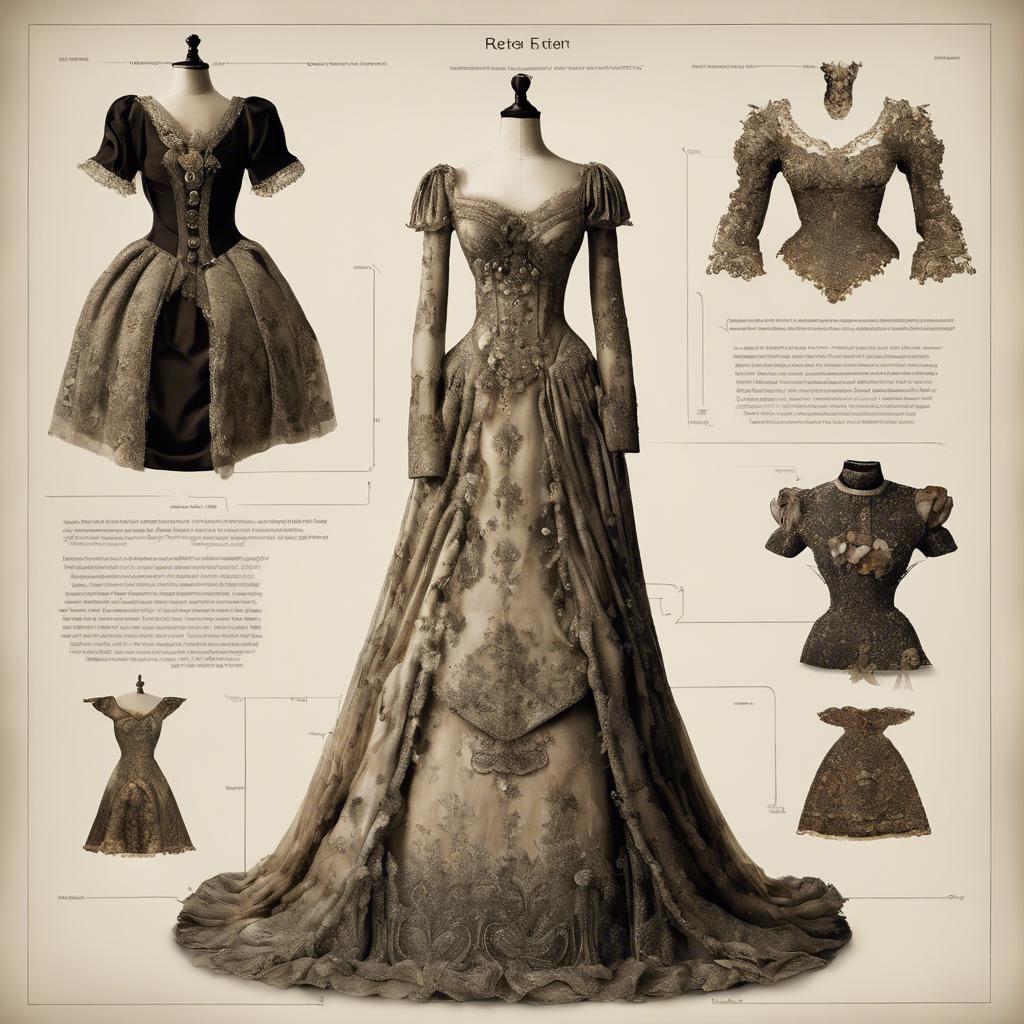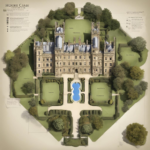The Regency era, spanning from 1811 to 1820, marked a period of elevated sophistication and refined fashion in British history. During this time, clothing choices were not just a matter of personal style, but also a reflection of one’s social status and adherence to societal norms. In this article, we will explore the intricacies of Regency era dress, from the elegant gowns worn by high society women to the tailored coats sported by fashionable gentlemen. Join us as we delve into the world of Regency fashion and unravel the secrets hidden within these exquisite garments.
Step Into the World of Cheryl Bolen
Dive into the enchanting stories of love, intrigue, and elegance set in the Regency Era. Cheryl Bolen's novels offer timeless romance and captivating tales that will leave you wanting more.
Explore Cheryl Bolen's Books Now
Headings:
The regency era dress is an iconic fashion statement that exudes elegance and sophistication. This style of dress was popular during the early 19th century, specifically during the Regency era in England. Women during this time wore dresses that were characterized by their empire waistlines, flowing skirts, and delicate fabrics such as muslin and silk.
One of the key features of a regency era dress is the high waistline that sits just below the bust, creating a flattering and elongated silhouette. These dresses often featured intricate embroidery, lace trimmings, and delicate ruffles, adding a touch of femininity and romance to the overall look. Accessories such as gloves, parasols, and bonnets were often worn to complement the outfit.
Regency era dresses were typically light and airy, making them perfect for the warm weather of the summer season. Pastel colors such as pale blues, pinks, and yellows were popular choices for these dresses, adding to their ethereal and delicate appearance. These dresses were a reflection of the social norms and fashion trends of the time, showcasing the grace and refinement of the Regency era.
Elegant Silhouettes and Fabrics of Regency Era Dress
In the elegant silhouettes of Regency era dresses, women of the early 19th century embraced timeless grace and sophistication. The high-waisted, empire style dresses accentuated the natural waistline and flowed gracefully down to the floor, creating a figure-flattering look that exuded femininity.
The fabrics used in Regency era dresses were as luxurious as the silhouettes themselves. From delicate muslin and silk to intricate lace and embroidered tulle, every detail was carefully chosen to enhance the beauty of the wearer. The fine craftsmanship and attention to detail in these fabrics added an air of refinement and elegance to the overall look.
Regency era dresses were often embellished with intricate details such as beading, ruffles, and lace trims. These ornate embellishments added a touch of glamour and sophistication to the dresses, making them perfect for grand occasions and formal events. The intricate designs and meticulous handiwork showcased the skill and artistry of the seamstresses of the time, creating dresses that were not only fashionable but also works of art.
Intricate Embellishments and Accessories in Regency Fashion
In Regency fashion, intricate embellishments and accessories played a crucial role in creating the elegant and sophisticated look that defined the era. From delicate lace trims to intricate beadwork, every detail of a Regency dress was carefully crafted to showcase the wearer’s status and taste. Accessories such as gloves, fans, and parasols were also essential components of a Regency outfit, adding another layer of refinement to the overall look.
Hairstyles in the Regency era were equally elaborate, with women often sporting intricate updos adorned with feathers, ribbons, and even small flowers. These hairstyles were not only fashionable, but also served as a means of expressing personal style and creativity. Additionally, jewelry played a key role in completing a Regency ensemble, with pearls, cameos, and delicate gold chains being popular choices among fashionable women of the time.
One iconic feature of Regency fashion was the empire waistline, which sat just below the bust and created a flattering silhouette that emphasized the natural curves of the body. Dresses were typically made from lightweight fabrics such as muslin or silk, and featured delicate details like puffed sleeves, ruffles, and gathers. The overall effect was one of feminine grace and simplicity, with a touch of opulence in the form of intricate embellishments and accessories.
Tips for Replicating Regency Era Dress with Authenticity
When replicating a Regency Era dress, it is important to pay attention to the details in order to achieve authenticity. Here are some tips to help you recreate the elegant and intricate style of this time period:
1. Choose the Right Fabrics: Opt for lightweight, flowy fabrics such as muslin, silk, or cotton to achieve the soft and delicate look of Regency dresses.
2. Focus on Empire Waist: Regency dresses are known for their empire waistline, which sits just below the bust. Make sure to emphasize this feature in your dress design.
3. Incorporate Regency Silhouettes: Look for patterns that feature high waistlines, puffed sleeves, and flowing skirts to capture the essence of Regency fashion. Pay attention to details such as ruffles, lace, and delicate embroidery to add authenticity to your dress.
Exploring the Evolution of Regency Era Dress Styles
During the Regency era, which spanned from 1811 to 1820, dress styles underwent a fascinating evolution that reflected the social and cultural changes of the time. One of the most iconic elements of Regency fashion was the high-waisted empire silhouette, which emphasized a narrow waist and a flowing skirt. Women’s dresses were often made from light and airy fabrics such as muslin or silk, adorned with delicate embroidery or embellishments.
Another key feature of Regency era dress styles was the use of classical elements inspired by ancient Greek and Roman fashion. This influence can be seen in the use of draped fabrics, columnar silhouettes, and motifs such as Grecian key patterns. Accessories such as gold jewelry, ribbons, and headpieces were also popular among fashionable Regency ladies.
Men’s fashion during the Regency era was characterized by sleek tailoring, with fitted coats, high collars, and narrow-cut trousers. The famous dandy Beau Brummell set the standard for men’s style during this period, promoting understated elegance and impeccable grooming. Men often sported top hats, cravats, and gloves as essential accessories to complete their refined look.
Future Outlook
the Regency era dress, with its delicate fabrics, high empire waistlines, and flowing silhouettes, epitomizes the elegance and sophistication of the early 19th century. From the intricate details of the gowns to the elaborate hairstyles and accessories, this period in fashion history continues to inspire designers and enthusiasts alike. As we look back on the Regency era, we are reminded of the timeless beauty and grace of the women who wore these exquisite garments. Let us continue to appreciate and celebrate the lasting legacy of Regency era dress in modern fashion and beyond.


